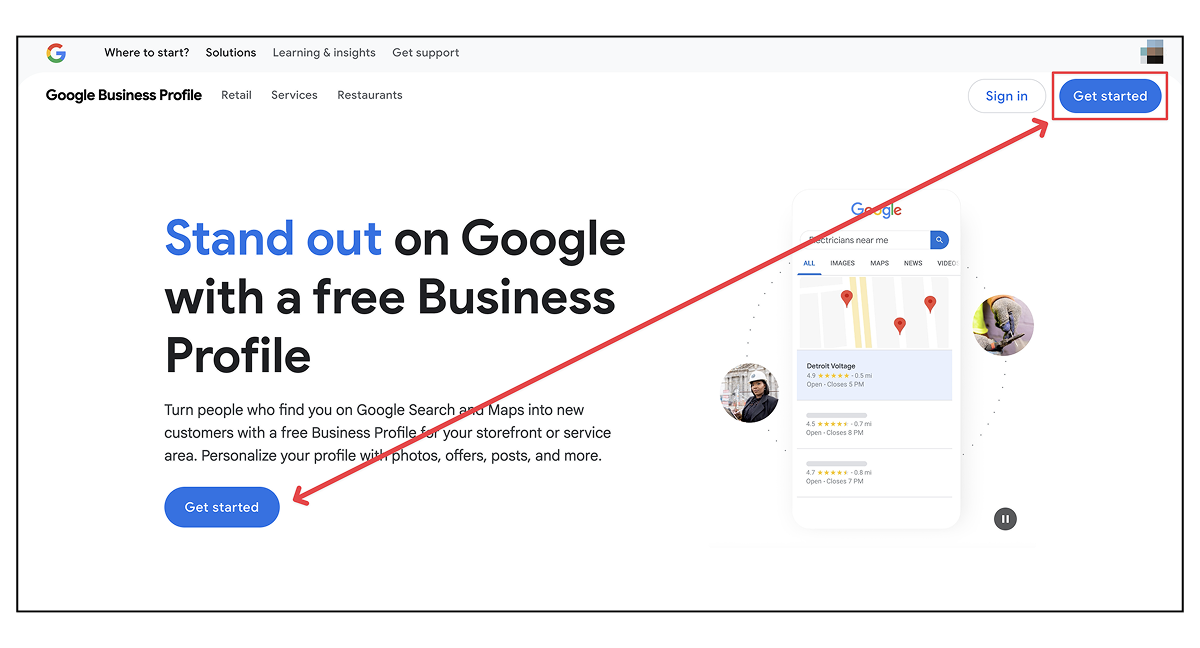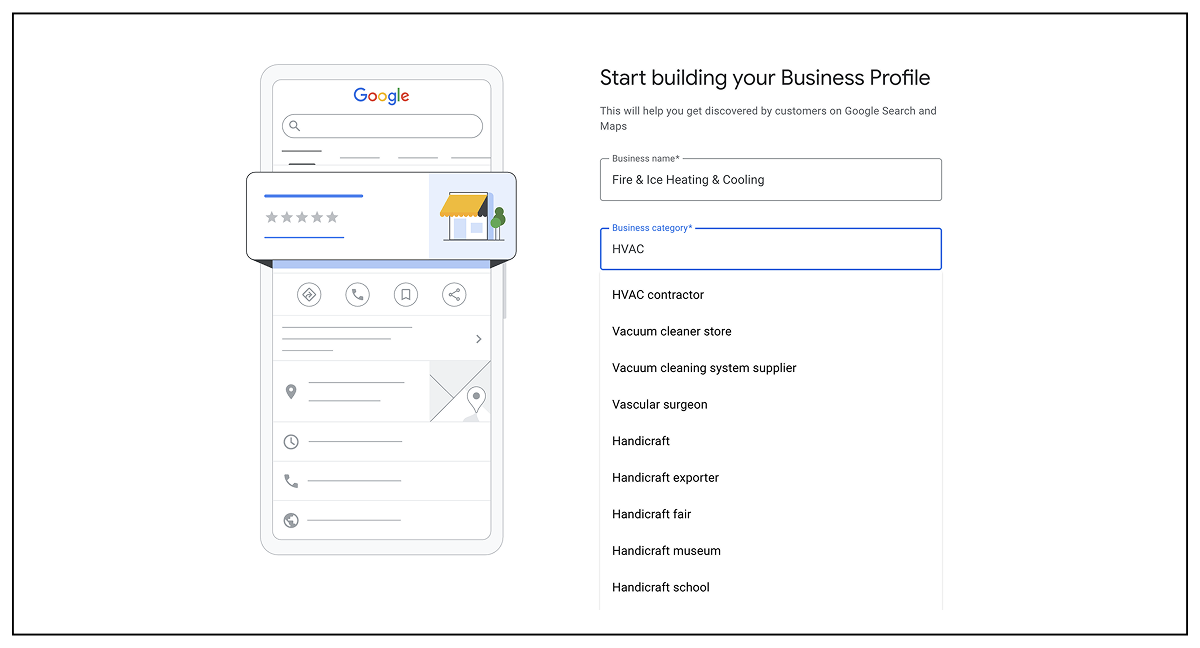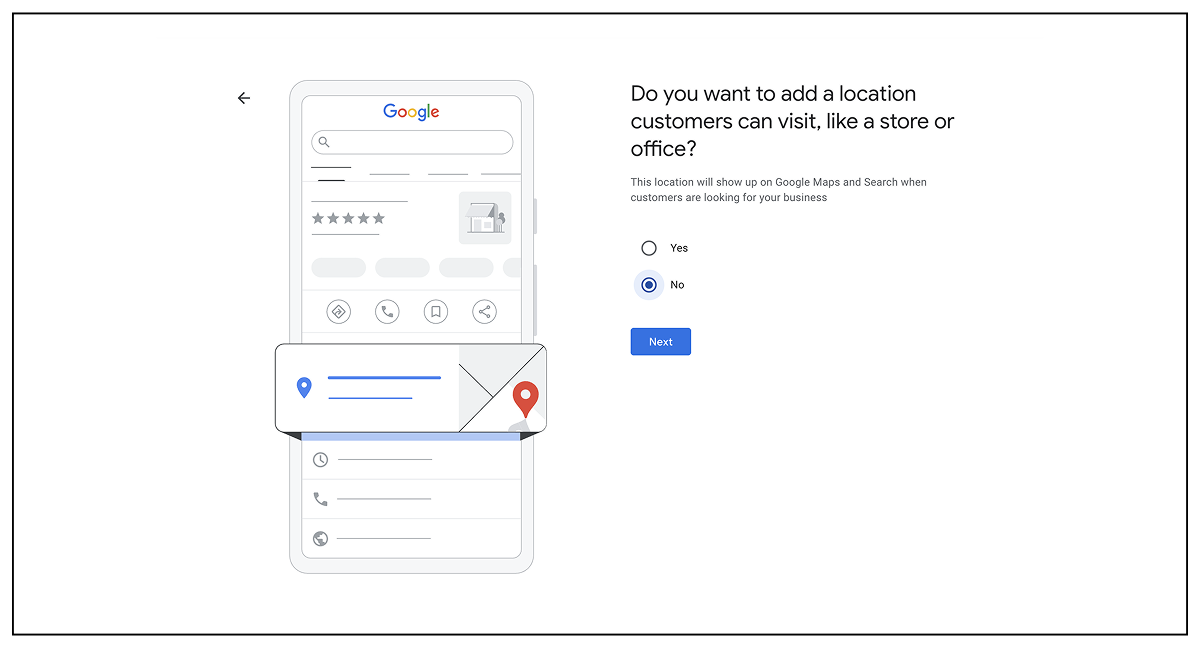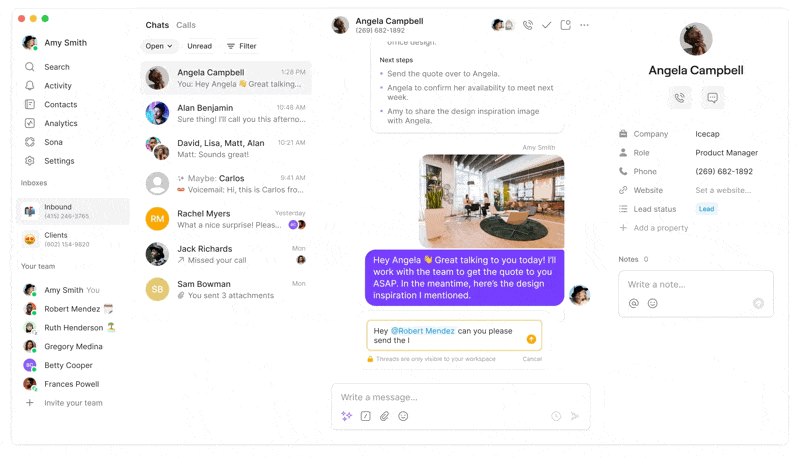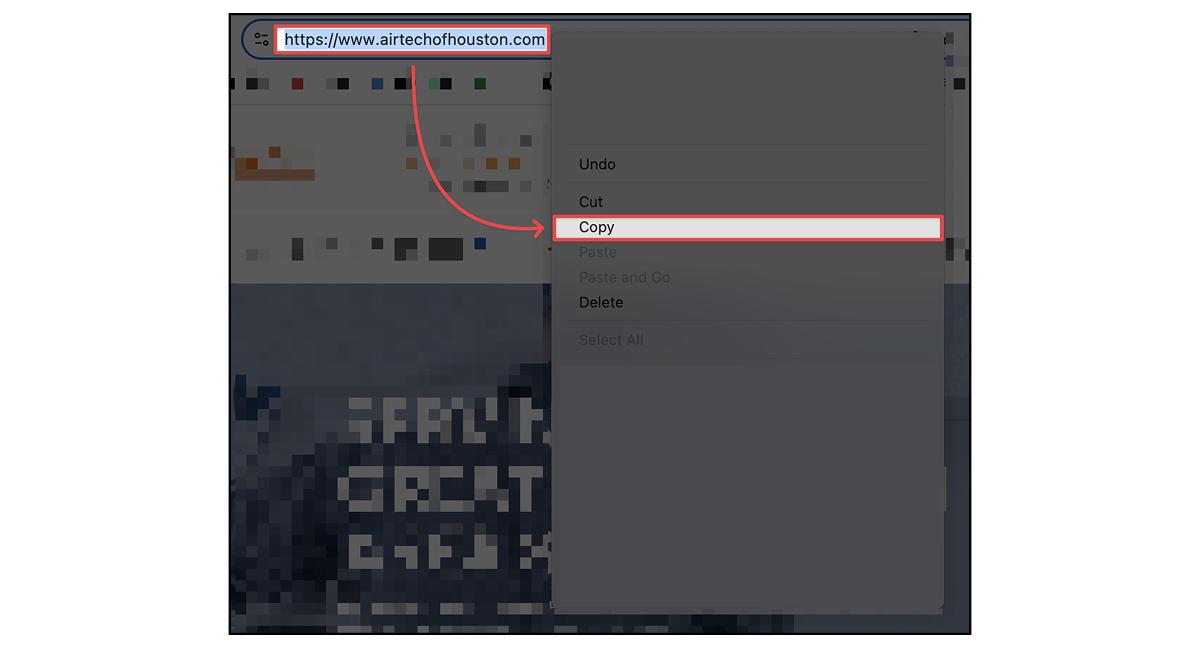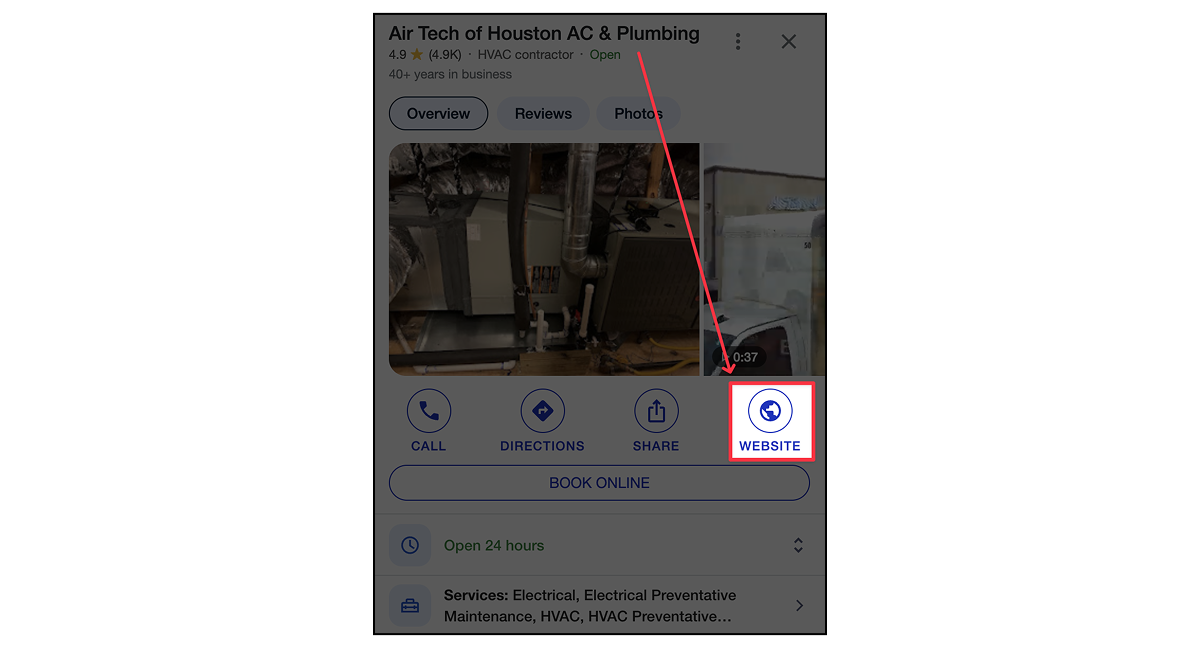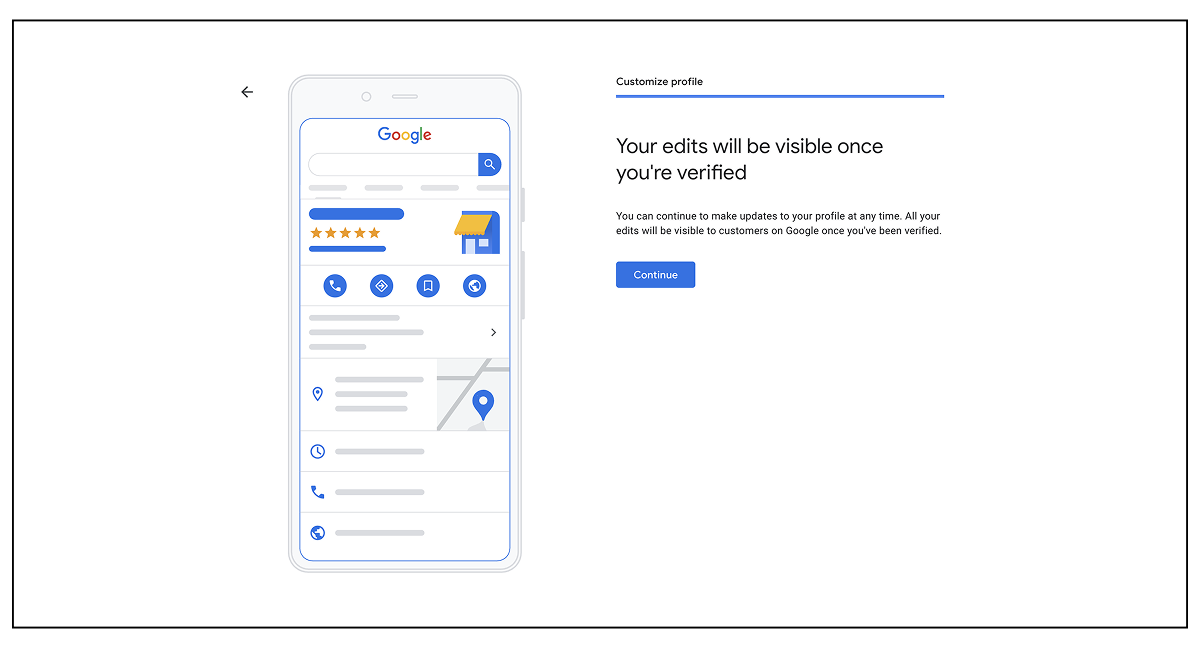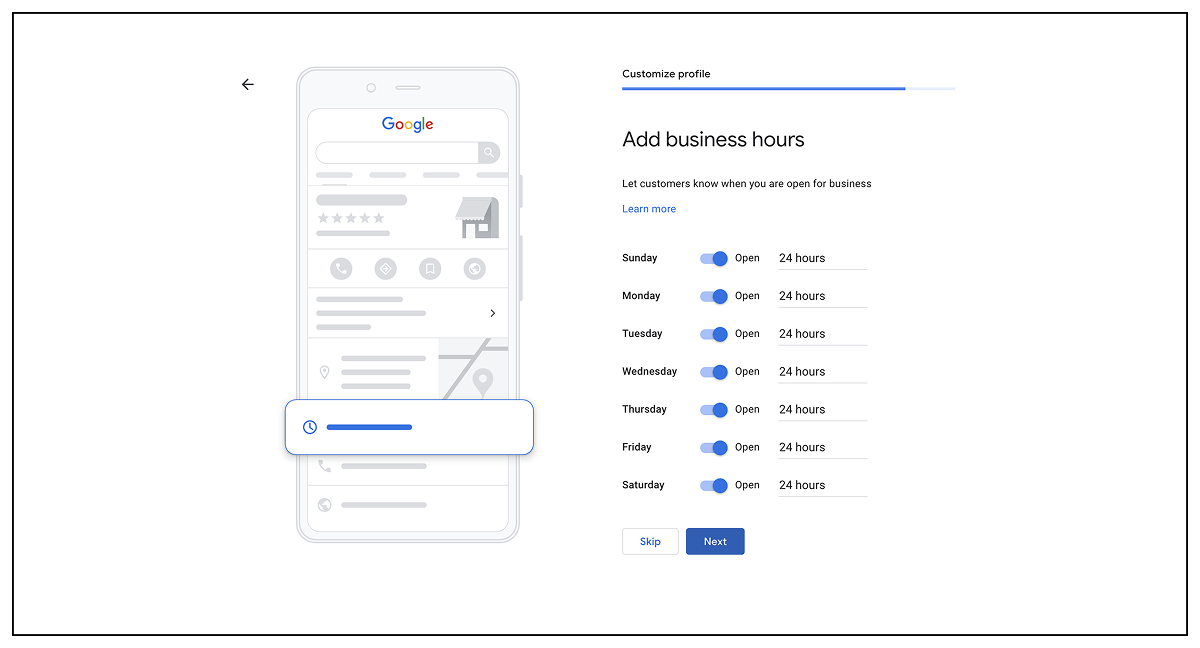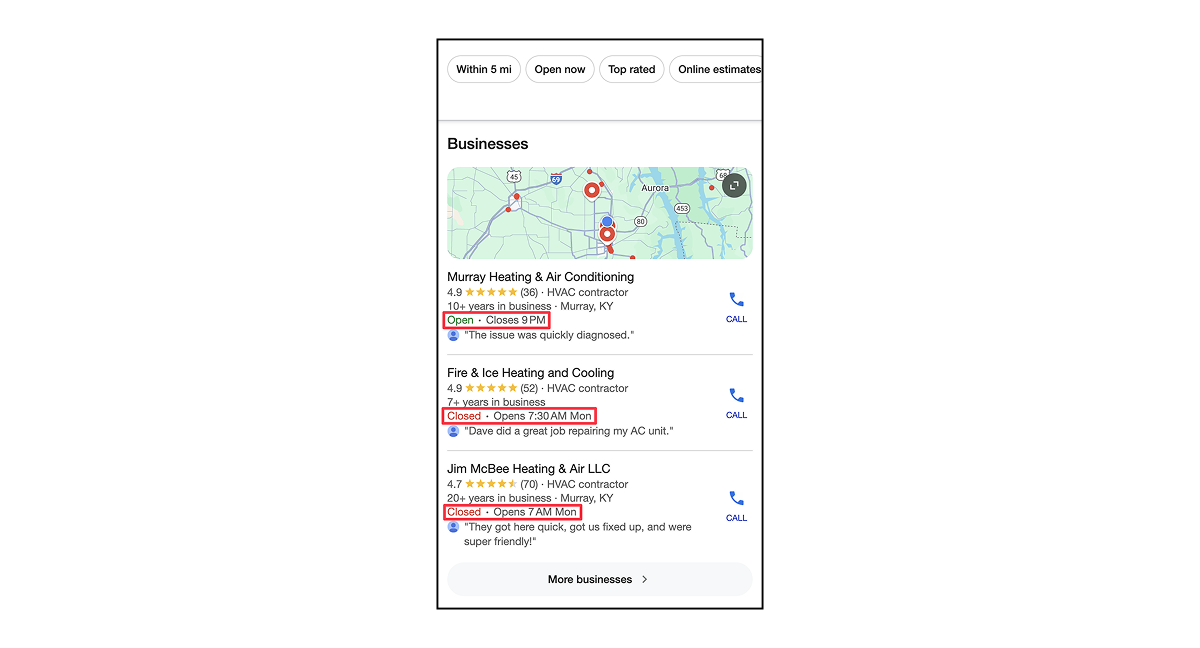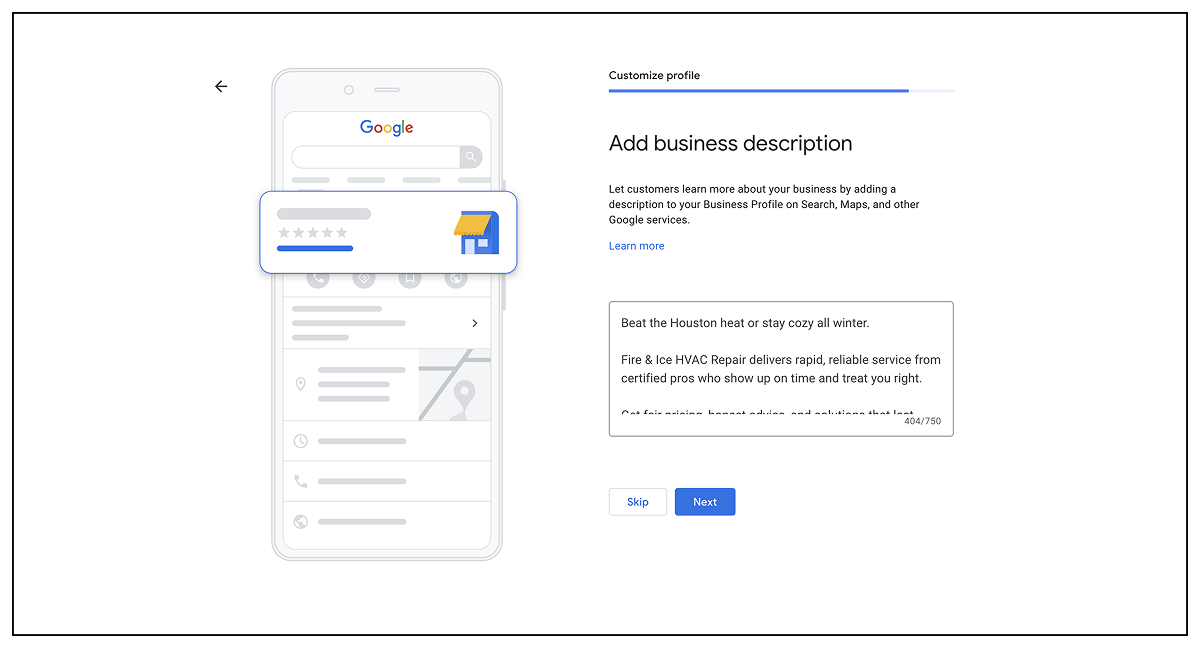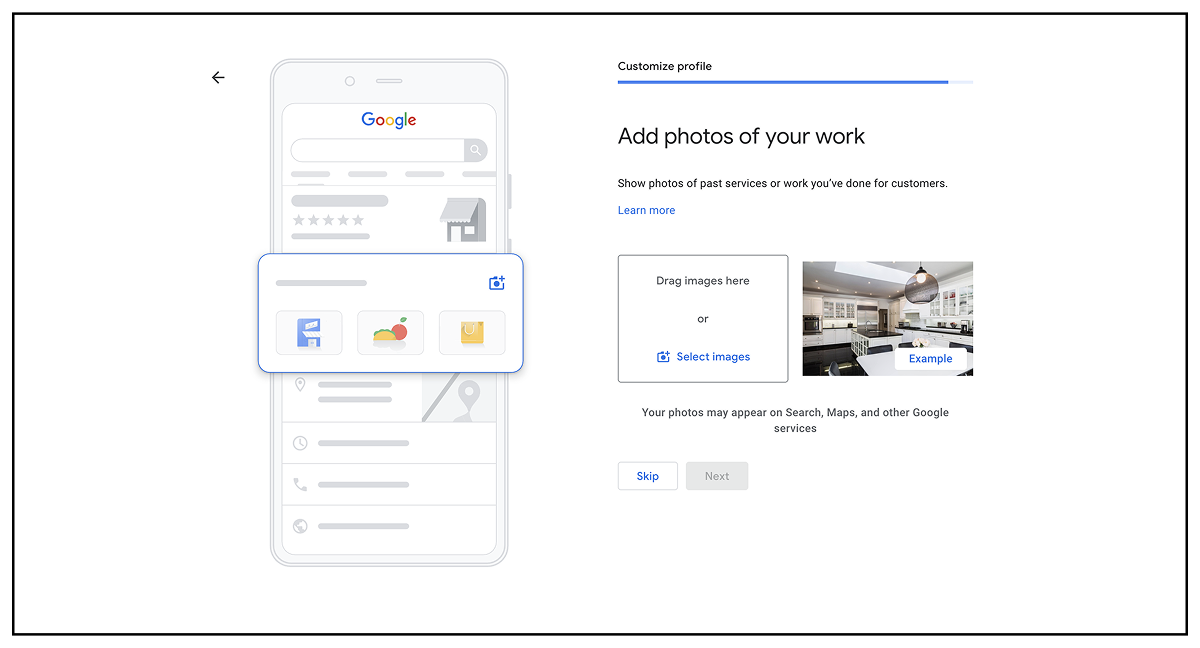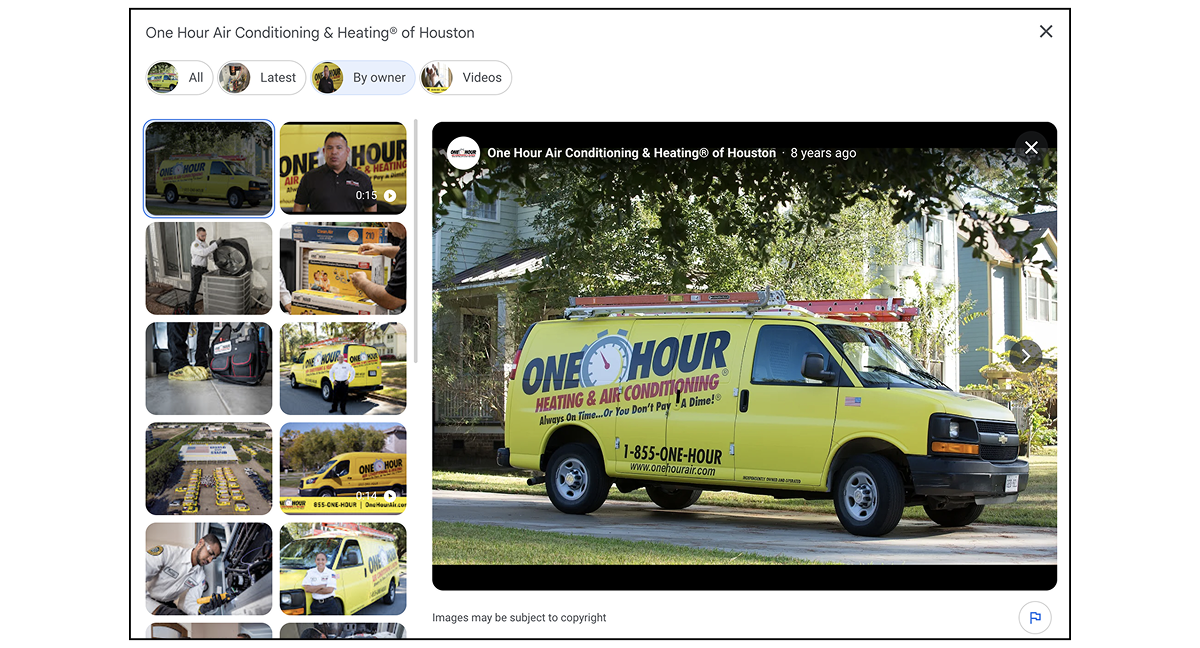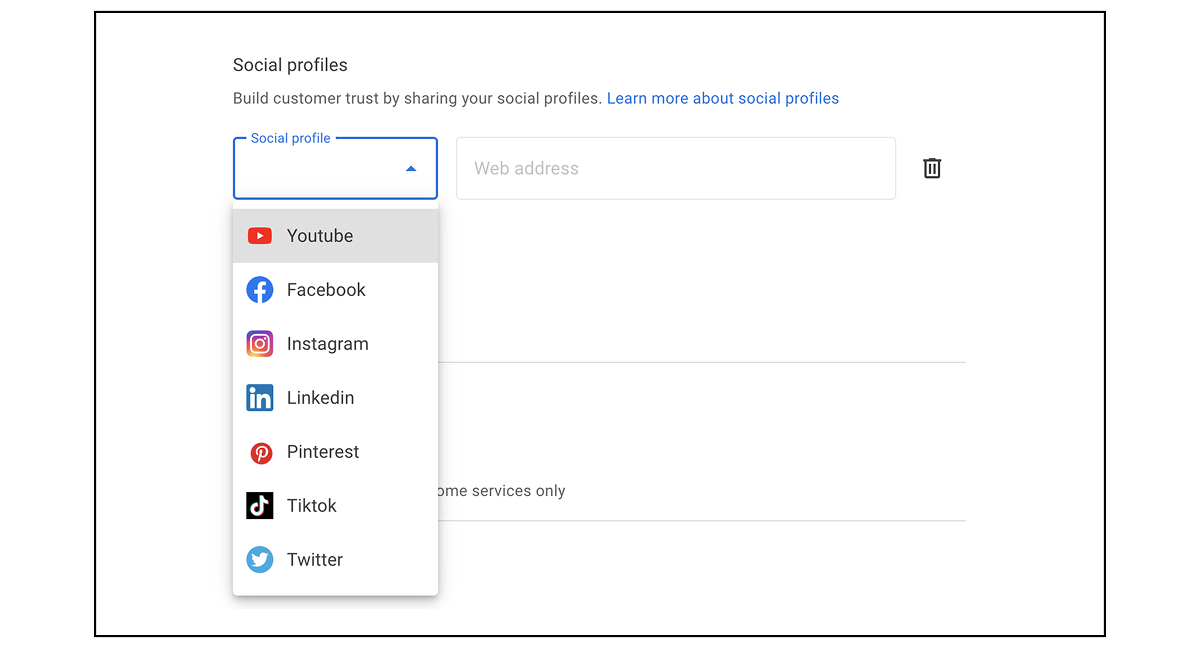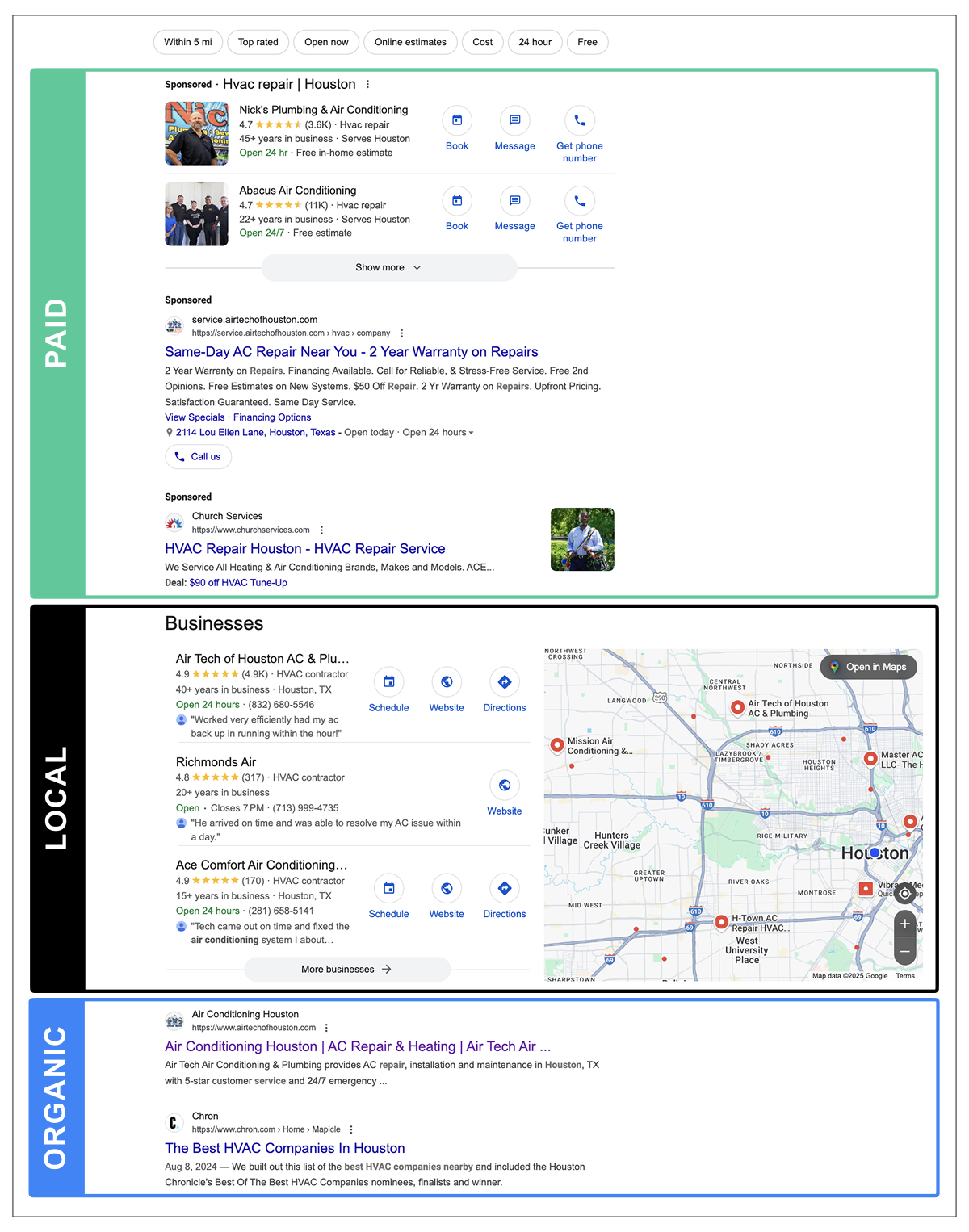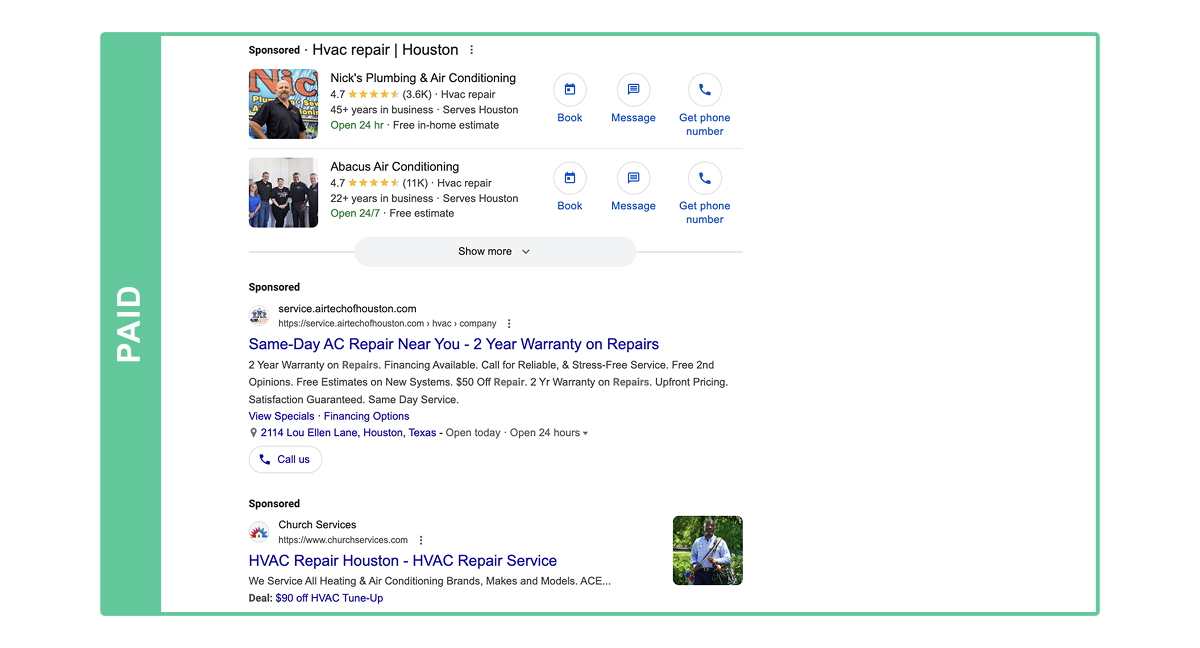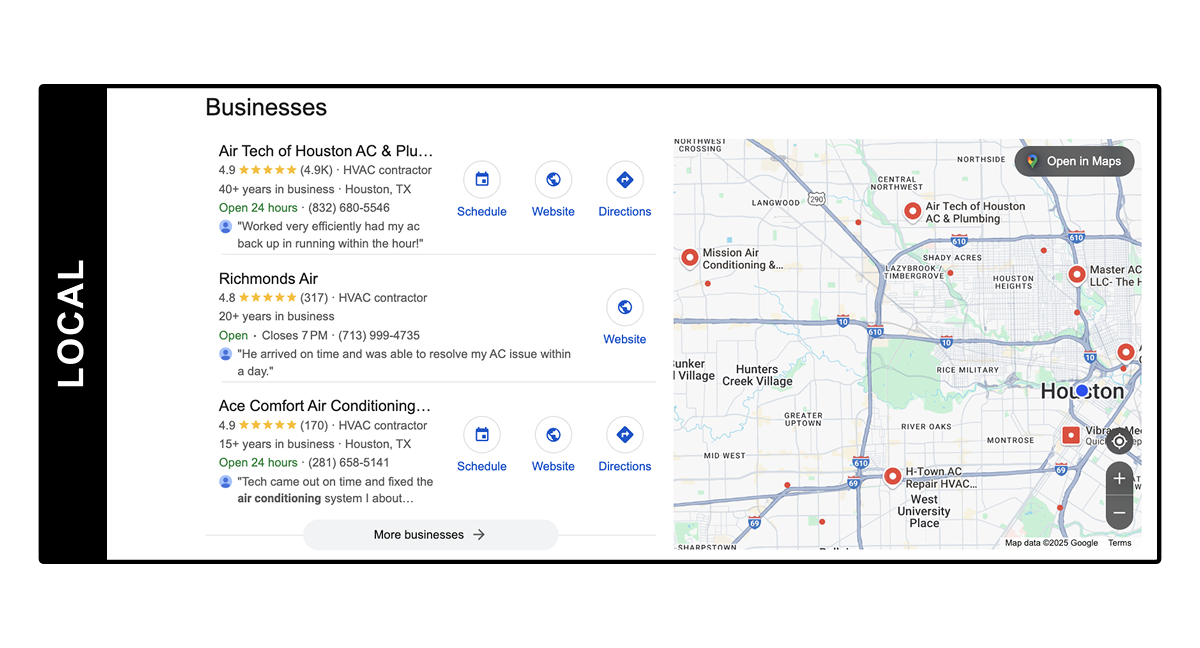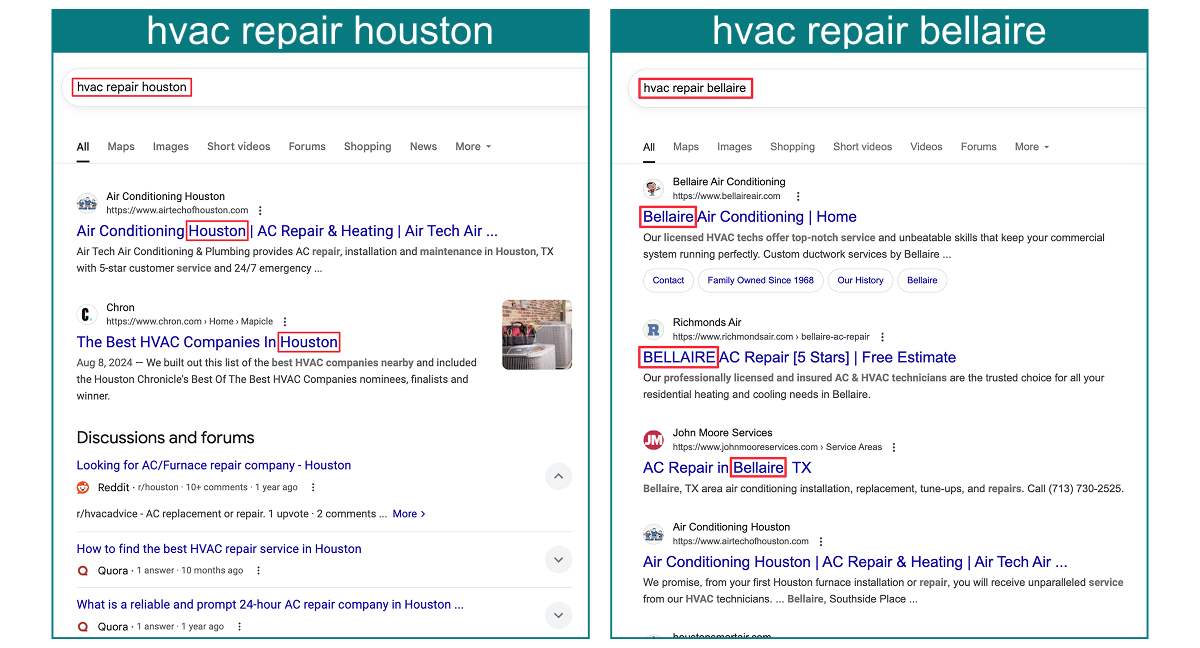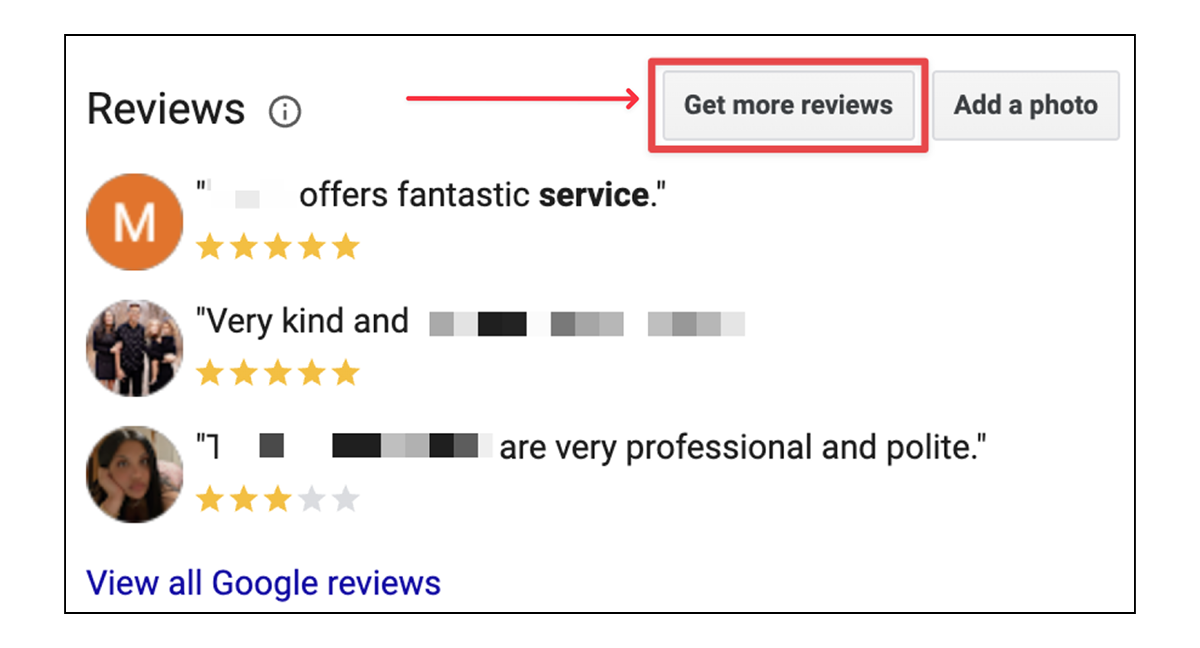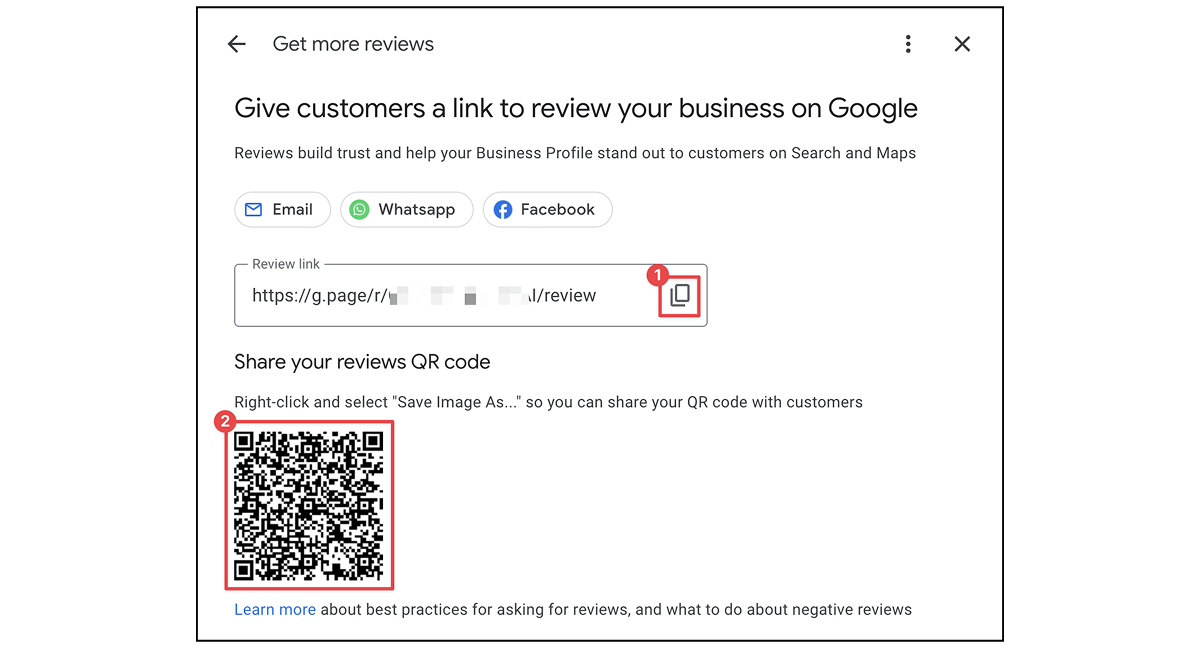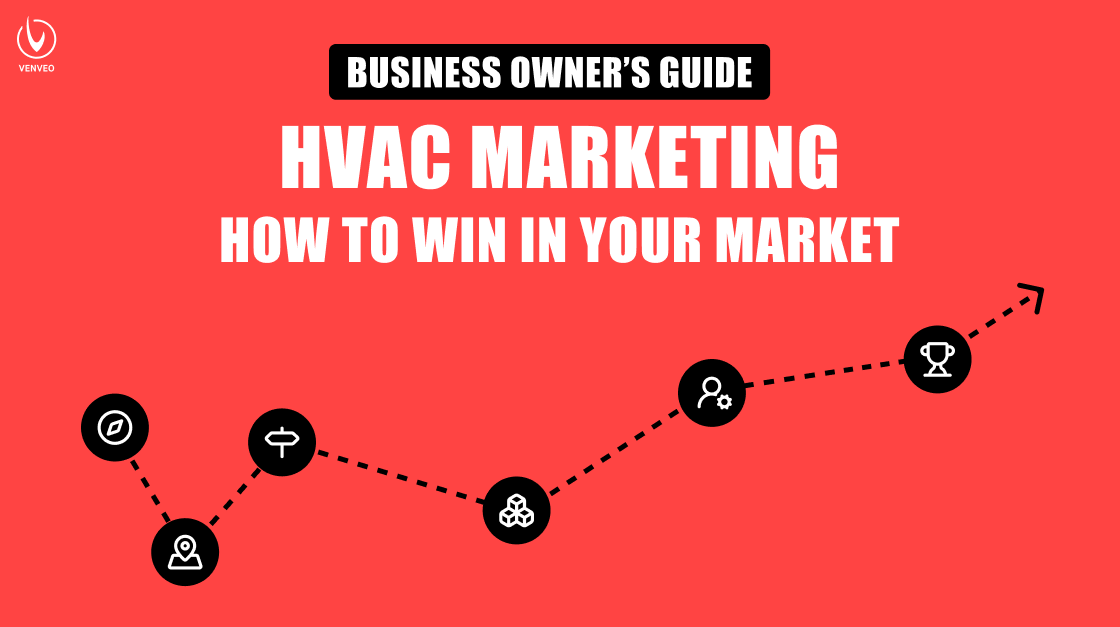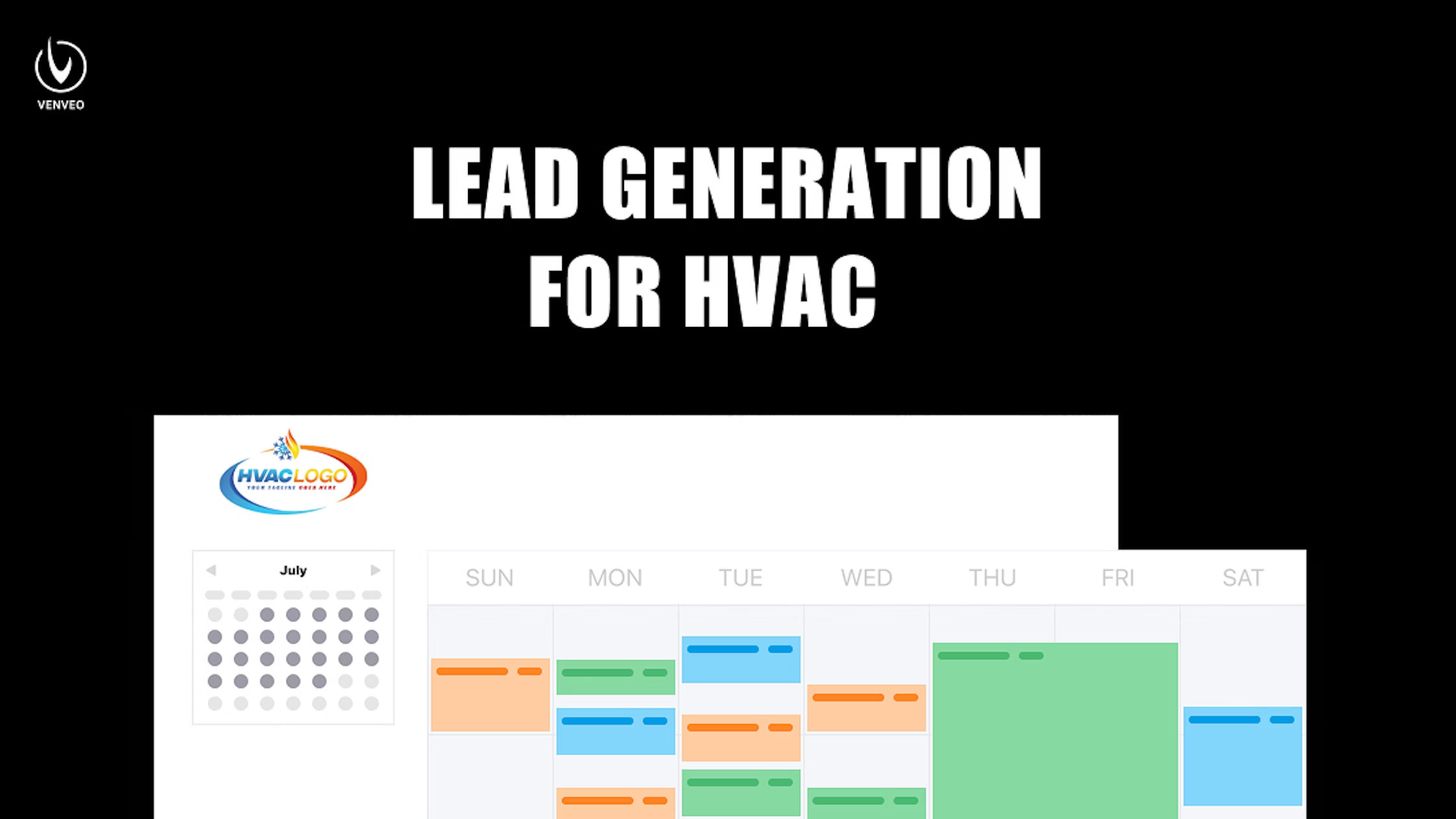Google’s pretty strict on how you get reviews. You cannot technically incentivize someone to leave you a review by paying them, offering a discount, free goods and/or services.
That’s not to say some people don’t do this anyway and get away with it.
But if you do, don’t talk about it or advertise it online. For example, don’t make a post on Facebook offering discounts, gift cards, etc. to anyone who leaves you a review on Google.
Now, while you can’t incentivize the customer by giving them things, you can incentivize them by providing a damn good service and leveraging what’s called the principle of reciprocity.
The Steps to Follow
Step 1. After the tech finishes the job and updates the customer, have them start to leave, stop, then pull back into the customer’s residence as if they forgot something.
Step 2. Then have them talk to the customer again and say they almost forgot, they wanted to give them a free filter, just to thank them for being a customer.
Step 3. Then, within 1–2 minutes after the tech leaves the customer’s location, someone from the office should text the customer thanking them for their business. Then let them know if they leave a review and mention their tech’s name, their tech gets a $25 bonus.
Why This Works
First, you’re not violating any of Google’s guidelines because you’re not incentivizing the customer. Yes, you gave them a free filter, but they get that filter whether they leave a review or not.
The free filter feels like a bonus. And the fact that the tech was about to leave, then came back just to give it to them makes the customer feel like the tech actually went out of their way to make sure they got it.
When the business owner reaches out to the customer to let them know if they leave a review and mention the tech’s name, the customer is more likely to want to do it for them.
Motivating people to do things for businesses is hard. But motivating them to do things for a person they can put a face and a name to is a lot easier.
It also motivates your techs to interact and be more friendly with customers, knowing they can get a little extra added to their take home by just being nice and making customers feel special.
Every Step in This Process Matters
The tech must make it appear like they went out of their way to come back to give the customer the free filter. Just giving it to the customer as you’re about to leave doesn’t work as well (we’ve tested it).
Someone other than the tech must be the one who asks the customer for the review and tells them the tech will get a bonus if mentioned by name. We’ve found it works best when the owner is the one sending the message.
The customer must receive the message within a few minutes after the tech leaves. Ideally within two minutes. The longer you wait, the less likely the customer is to leave the review. And it drops off quickly.
You can automate this process. You just need a way for the tech to indicate the job is finished. That acts as a trigger that can fire off an automation to the customer.
You don’t have to do this all the time for every single visit either. Yes, it will eat into your gross margins a bit, but you’ll make that back in the form of more total customers and service calls as a result of ranking higher and having a consistent stream of reviews.
How Much Proof is Enough?
If you’re not sure how many reviews you need and how often, take a look at your top competitors. See how many reviews they have and how frequently they’re getting them. If they’re getting 2–3 per week and have way more than you, then you need to aim at getting 4–6 per week if you ever want to catch up and push past them.
And if this just isn’t feasible for your margins, then you probably need to raise your prices. Your gross margins should be around 80–85%. That way your net margins end up being around 20–30% after all your other overhead costs.
There's no such thing as too much proof. People believe recent proof over older proof. The proof collection process never ends.



